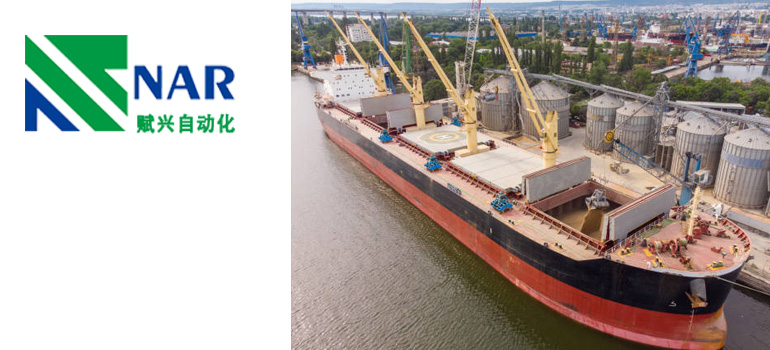Summary:
Improving efficiency and safety: the key to ship loading and unloading operations
The main types of ship loading and unloading
Key factors in ship loading and unloading operations
The importance of ship loading and unloading operations
Ship loading and unloading is a critical logistics activity that involves loading goods from the dock onto the vessel or unloading them from the vessel to the dock. This process occupies an important position in the field of international trade and logistics, as most international trade relies on ocean transportation. The efficiency of ship loading and unloading operations directly affects the cost, speed, and reliability of logistics operations.
Optimizing ship loading and unloading operations is crucial for improving efficiency, reducing costs, and ensuring safety. This article will explore the main types of ship loading and unloading, the key factors of ship loading and unloading operations, and how to achieve high efficiency while ensuring safety.
The main types of ship loading and unloading

Ship loading and unloading can be divided into the following types:
Bulk cargo loading and unloading: Bulk cargo refers to bulk cargo without packaging, such as coal, ore, grains, etc. These goods are usually loaded or unloaded in large quantities and require special loading and unloading equipment, such as loaders, belt conveyors, etc.
Container loading and unloading: Container is one of the most common types of loading and unloading goods in modern international trade. Container ships use standardized containers for cargo transportation, which requires efficient cranes and container stacking facilities.
Liquid cargo loading and unloading: Liquid cargo such as petroleum and chemicals require specialized equipment and measures for loading and unloading, usually involving pipelines, pumps, etc.
Mixed loading and unloading of bulk and container cargo: Some ships may carry both bulk and container cargo, in which case flexible loading and unloading equipment and processes are required.
Key factors in ship loading and unloading operations
Ship loading and unloading operations involve numerous factors, from equipment and processes to personnel cooperation, every detail will affect the efficiency and safety of the operation. Here are some discussions on key factors:
Equipment and technology: Modern loading and unloading equipment and technology are key to improving efficiency. Automated loading and unloading systems, container cranes, and other equipment can reduce manpower investment and accelerate the operation process.
Operation process: Fine operation process planning can minimize waiting time and improve efficiency. Reasonable cargo layout and operation sequence will reduce loading and unloading time, ensuring that ships can depart quickly.
Personnel training and collaboration: The training and collaboration of the loading and unloading team are crucial. Skilled operators can operate equipment more efficiently and reduce the possibility of operational errors.
Safety measures: Safety is always the top priority. During the loading and unloading process, safety operating procedures should be strictly followed to ensure the safety of workers and equipment.
Communication and coordination: Good communication and coordination are key to ensuring smooth operation. Close cooperation between the ship operation team, terminal management personnel, and cargo owners can avoid misunderstandings and delays.
The importance of ship loading and unloading operations
Supply chain reliability: Long loading and unloading processes may lead to logistics chain disruptions, affecting the timely delivery of goods. Efficient loading and unloading operations help maintain the reliability of the supply chain and meet customer needs.
Safety: Ship loading and unloading operations involve heavy equipment and cargo, and safety is the primary concern. Reasonable operating procedures and safety measures can reduce accident risks and protect the safety of workers and equipment.
Improving the efficiency and safety of ship loading and unloading operations requires comprehensive consideration of multiple factors. The key to achieving this goal is to make reasonable use of modern equipment and technology, develop precise operational procedures, ensure personnel training and collaboration, and strictly adhere to safety measures. In the context of fierce international trade competition, optimizing ship loading and unloading operations will bring significant competitive advantages to enterprises. Through continuous improvement and innovation, we can ensure that goods can circulate globally in a faster and safer manner.
